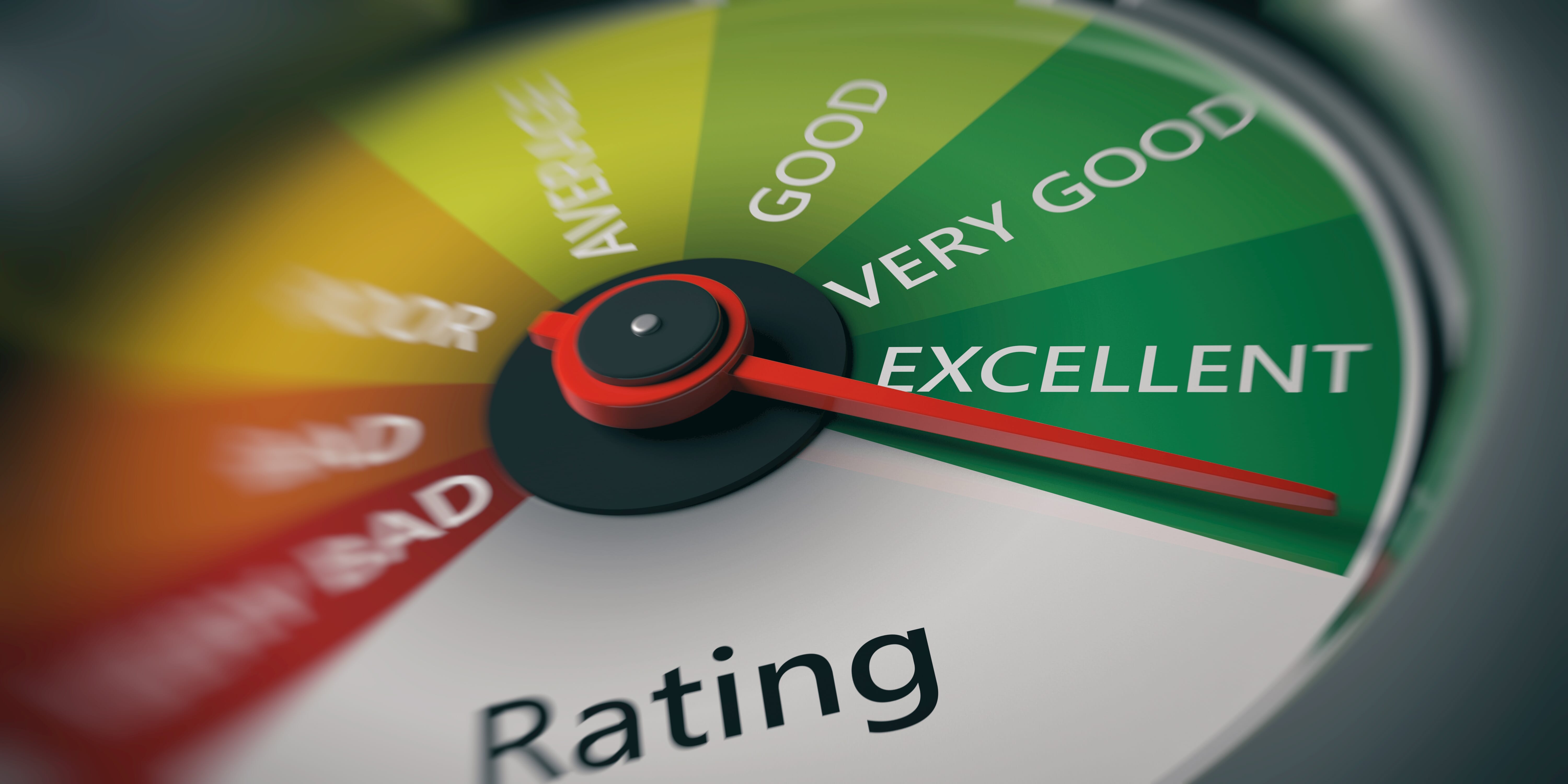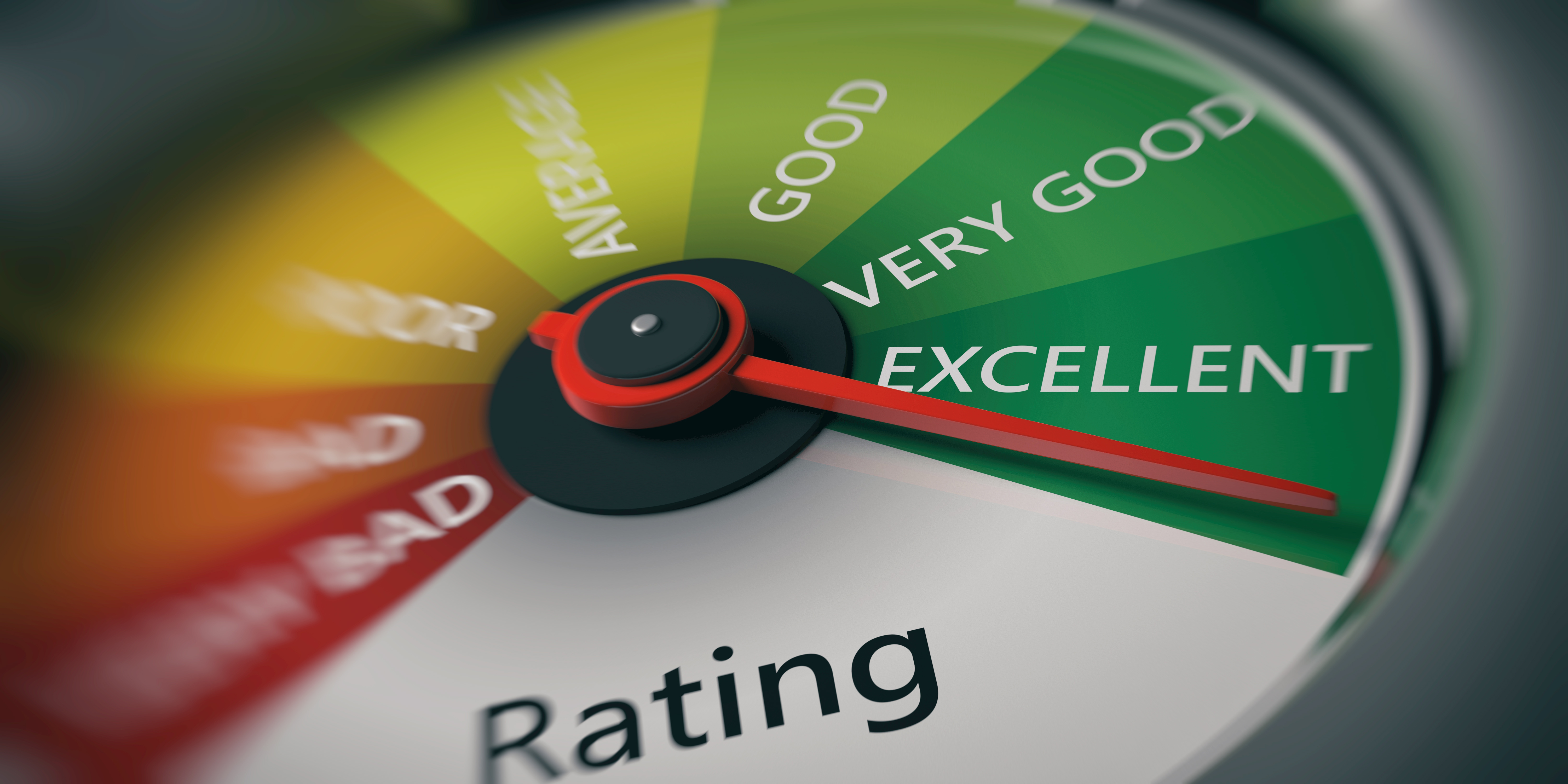How to Achieve BREEAM Excellent Certification
A BREEAM Excellent rating can offer a number of benefits to building projects. This post explains how you can achieve this high level of certification.


What do the Alexandrium Shopping Centre in the Netherlands, Amazon’s Fulfilment Centre in the Czech Republic and the UK’s Bluebell and Foxglove Wards have in common? Besides being very impressive pieces of architecture, these buildings have all received a BREEAM Excellent rating, demonstrating their commitment to environmental responsibility and sustainable practices. Furthermore, achieving this rating signifies that these structures have met and exceeded the high standards required for sustainable construction and operation.
But what does obtaining an “Excellent” rating from the Building Research Establishment (BRE) actually mean? And what do you need to do to achieve this level of certification?
BREEAM Excellent Explained
The Building Research Establishment Environmental Assessment Method (BREEAM) is a widely recognised and comprehensive sustainability assessment method for buildings and infrastructure projects. It sets the standard for evaluating the environmental performance and sustainability of construction projects on an international scale.
To attain an Excellent rating, a project must score at least 70% across BREEAM categories. Achieving this rating illustrates the project’s commitment to minimising its environmental impact and incorporating innovative solutions to ensure long-term sustainability.
Understanding the BREEAM rating system
The BREEAM rating system places buildings into different categories based on their sustainability performance. The ratings range from “Pass” to “Outstanding”, and as such an “Excellent” rating is highly coveted.
The assessment process involves a comprehensive examination of a project’s design, construction plans and operational strategies. Each category has specific criteria and benchmarks that must be met for a project to achieve a strong BREEAM rating. The assessment considers the project’s environmental impact and other factors relating to its social and economic sustainability.
Advantages of obtaining an Excellent rating
Obtaining an Excellent certification brings several advantages for a building and its stakeholders.
1. Environmental responsibility – an Excellent rating signifies a solid commitment to environmental responsibility and sustainable practices.
2. Increased savings – sustainable buildings often incorporate energy-efficient systems that contribute to reduced operational costs over time, resulting in significant long-term savings for building owners and operators.
3. Market differentiation – achieving a high BREEAM rating can enhance a building’s reputation, attract environmentally conscious tenants or buyers, and contribute to overall market differentiation.
4. Regulatory compliance – an Excellent rating signifies compliance with stringent environmental regulations and standards, helping mitigate risks associated with changing environmental legislation and demonstrating a proactive step towards regulatory compliance.
5. Occupant well-being – buildings rated as Excellent often provide a healthier and more comfortable user environment, increasing productivity and satisfaction.
Preparing for a BREEAM Assessment
Importance of early planning and design
The path to achieving an Excellent rating begins in the planning and design stages. Early integration of sustainability considerations allows for the seamless identification and incorporation of environmentally friendly features into a project. This proactive approach ensures sustainable principles are embedded in the project’s DNA, from conceptualisation to completion.
Early planning also enables architects, designers and project managers to explore innovative solutions that align with BREEAM criteria. Considerations such as site selection, orientation and the choice of materials can significantly impact a project’s environmental performance. By addressing sustainability concerns early in the process, teams can optimise design choices and minimise the need for costly retrofitting down the line.
Setting clear goals and objectives
Establishing clear, measurable goals and objectives is crucial when preparing for a BREEAM assessment. These goals should align with the specific BREEAM categories and criteria relevant to the project. Clear objectives guide the decision-making process throughout the project’s lifecycle, ensuring that every aspect contributes to achieving the desired BREEAM rating.
Setting goals also facilitates effective communication among project stakeholders. It provides a shared vision that fosters collaboration and ensures everyone understands the sustainability targets.
Working with sustainability consultants and licensed BREEAM professionals
Engaging sustainability consultants and licensed BREEAM professionals, such as our team here at Encon Associates, is a strategic move that will enhance a project’s chances of success in obtaining a BREEAM Excellent certification. These experts bring specialised knowledge and experience to the table, guiding the project team through the complexities of the BREEAM assessment process.
Sustainability consultants can assist in identifying opportunities for improvement and recommending sustainable design strategies. Their expertise will help optimise the project’s environmental performance while ensuring compliance with BREEAM.
Sustainable Design and Construction
Using an energy-efficient building design
Energy-efficient building design is a cornerstone of achieving sustainability and obtaining a BREEAM Excellent rating. By incorporating innovative architectural and engineering strategies, those working in the construction industry can significantly reduce energy consumption, minimise the environmental impact and enhance overall operational efficiency.
Key energy-efficient design elements include optimising building orientation to maximise natural light and passive solar gain, implementing high-performance insulation and glazing systems, using renewable energy, and integrating smart technologies for lighting, heating, ventilation and air conditioning (HVAC) systems. These measures contribute to reducing greenhouse gas emissions and provide long-term savings through lower energy bills and improved occupant comfort.
Developing water conservation strategies
Water conservation is another vital aspect of sustainable design and construction. BREEAM assessments evaluate a project’s approach to water use, including both internal and external sources. To achieve a high BREEAM rating, projects must incorporate water-efficient fixtures and technologies, and adopt landscaping practices that minimise water consumption.
By developing comprehensive water conservation strategies, a project will not only align with BREEAM requirements, it will also contribute to the responsible use of a finite resource. These strategies benefit the environment and position the project as a water-efficient and sustainable development.
Utilising sustainable materials and construction techniques
Using sustainable materials and construction techniques is fundamental to achieving an Excellent rating. This will involve considering the lifecycle of materials, assessing their environmental impact and choosing options with a lower carbon footprint.
Construction techniques prioritising resource efficiency, waste reduction and environmental responsibility can also contribute to BREEAM success. Strategies such as modular construction, which minimises waste during the building process, or the use of prefabricated components, can enhance a project’s sustainability profile.
Innovation and Site Sustainability
Incorporating smart technology and other innovative projects
Innovation is a driving force behind sustainable development and is pivotal to achieving a BREEAM Excellent rating. Incorporating smart technology and other innovative projects into the design and construction process boosts the efficiency of a building and demonstrates a commitment to cutting-edge sustainability solutions.
Smart technologies can optimise resource use, improve operational performance and reduce the environmental impact. BREEAM recognises and rewards projects that embrace innovation, encouraging the integration of state-of-the-art solutions that align with sustainability goals.
Innovative projects may involve implementing renewable energy sources, advanced waste management systems or other groundbreaking initiatives pushing the boundaries of environmentally conscious construction. By embracing innovation, builders can differentiate themselves and set new benchmarks for sustainable development.
Sustainable site selection and development
Sustainable site selection prioritises locations that minimise ecosystem disruption, reduce the need for extensive land-clearing and avoid environmentally sensitive areas. Furthermore, projects can benefit from optimising the use of existing infrastructure, reducing transportation-related emissions and promoting a more efficient use of resources.
Sustainable development practices include responsible land use planning, green infrastructure design and the preservation of natural features. Implementing measures to prevent soil erosion, manage stormwater runoff and integrate landscaping that enhances biodiversity is essential to site sustainability.
Transportation and accessibility considerations
Transportation and accessibility play a significant role in the overall sustainability of a project. BREEAM assessments consider the impact of transportation choices on environmental performance, promoting strategies that reduce reliance on single-occupancy vehicles and encourage alternative modes of transportation.
Projects can enhance accessibility by prioritising locations with good public transportation links, providing amenities for cyclists and pedestrians, and incorporating electric vehicle charging infrastructure. Not only do sustainable transportation initiatives contribute to reduced carbon emissions, but they also promote healthier and more inclusive communities.
Site ecology and biodiversity enhancement
Preserving and enhancing site ecology and biodiversity is a crucial aspect of sustainable development and a focus of BREEAM assessments. Builders are encouraged to minimise disruption to existing ecosystems, protect native vegetation, and implement measures to support local flora and fauna.
If projects prioritise site ecology and biodiversity enhancement, they will be contributing to the broader sustainable development goal. At the same time, this approach will enable builders and operators to achieve a BREEAM Excellent rating and demonstrate a commitment to creating harmonious environments that can coexist with the natural world.
Let the BREEAM Experts Help!
The journey towards a BREEAM Excellent rating involves a holistic approach to sustainability. Beyond the aesthetic appeal, Excellent-rated buildings signify a dedication to environmental responsibility and sustainable practices. With the BREEAM methodology, excellence is not just a label. It reflects a meticulous process that involves achieving a minimum score of 70% across various categories, showcasing a commitment to minimising the environmental impact and ensuring long-term sustainability.
With a team of seasoned sustainability experts and licensed BREEAM professionals, Encon Associates is dedicated to helping clients achieve their sustainability goals and desired BREEAM ratings. For more information and expert guidance, please contact us today!